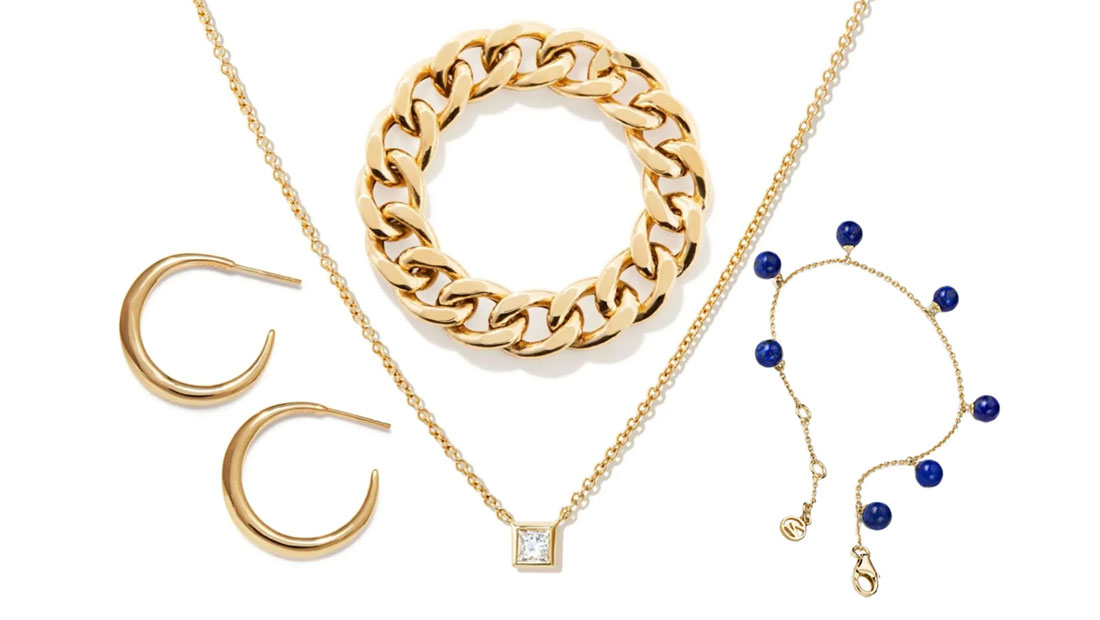Currently Empty: $0.00
“The History of Jewelry Through the Ages”
“How Nature Inspires Our Designs”
“The Rise of Custom Jewelry: Why Personalized Pieces Are the Future”
The History of Jewelry Through the Ages: A Timeless Tale of Adornment
Jewelry is more than just decoration; it is a reflection of culture, identity, and innovation throughout history. From ancient civilizations to modern-day designs, the story of jewelry is one of craftsmanship, symbolism, and the human desire to express individuality.
Let’s take a journey through time to explore the rich history and inspiration behind the art of jewelry-making.
1. Ancient Beginnings: The First Adornments
Jewelry dates back to over 100,000 years ago, when early humans used materials like shells, bones, and stones to create primitive adornments. These pieces weren’t just decorative—they held deep cultural and spiritual significance, often symbolizing status, protection, or connection to the divine.
Egyptian Era (3100–30 BCE): Ancient Egyptians elevated jewelry into an art form. Gold, turquoise, and lapis lazuli were popular materials, often crafted into amulets, collars, and crowns. Each piece held symbolic meaning—for instance, the ankh represented eternal life, while scarabs symbolized rebirth.
2. The Classical Era: Greece and Rome
During the Classical Era, jewelry became more intricate and sophisticated.
Greece (1200–146 BCE): Greek jewelry was inspired by mythology and nature. Motifs like olive leaves, serpents, and the sun were commonly used. Goldsmiths mastered delicate filigree work, creating pieces that symbolized power and divine favor.
Rome (27 BCE–476 CE): Roman jewelry reflected wealth and social status. Gemstones like emeralds, sapphires, and pearls were highly prized, and signet rings were used to signify identity and seal documents.
3. The Middle Ages: Faith and Ornamentation
During the Middle Ages, jewelry became deeply tied to religion and social hierarchy. Gold and gemstones adorned sacred objects and royal regalia, while simpler materials like bronze and iron were used by the common people.
Renaissance (14th–17th Century): The Renaissance sparked a rebirth of artistic expression in jewelry-making. Designs became more ornate, featuring elaborate gemstone settings, enamel work, and motifs inspired by classical art and exploration.
4. The Victorian Era: Sentiment and Symbolism
In the 19th century, Queen Victoria’s love for jewelry set global trends. Jewelry during this era was rich with emotion and symbolism:
Romantic Period: Floral motifs, lockets, and heart-shaped designs reflected themes of love and devotion.
Mourning Jewelry: Pieces made from black onyx or jet became popular to commemorate lost loved ones.
Victorian jewelry emphasized personalization, with pieces like cameo brooches and engraved rings becoming popular.

